Some of the most dangerous snakes on the planet aren’t slithering through the jungle—they’re lurking where you’d least expect them. From bathroom pipes to backyard flower beds, these stealthy predators have mastered the art of surprise.
They squeeze into tiny spaces, camouflage with their surroundings, and wait patiently for the perfect moment to strike. You might think you’re safe inside your home or strolling through a quiet park, but the truth is, these snakes have a way of showing up where you’d never imagine.
And in some cases, a single bite is all it takes to turn an ordinary day into a fight for survival. Ready to find out where these hidden dangers are creeping around the world?
Let’s take a closer look at 24 deadly snakes that have mastered the art of staying out of sight—until it’s too late.
Urban Gardens in Sydney, Australia

While Sydney is known for its vibrant culture and stunning harbor, hidden dangers lurk in its urban gardens. Eastern Brown Snakes, one of the world’s most venomous, have adapted to city life.
These snakes can be found slithering through garden beds, blending seamlessly with the foliage.
Gardeners often unknowingly invite them by maintaining lush green spaces, which provide both food and shelter. The combination of urban development and natural habitat has created a unique environment for these reptiles.
Respect for their space and cautious awareness can prevent unwanted encounters in your backyard oasis.
Coastal Sand Dunes in South Africa
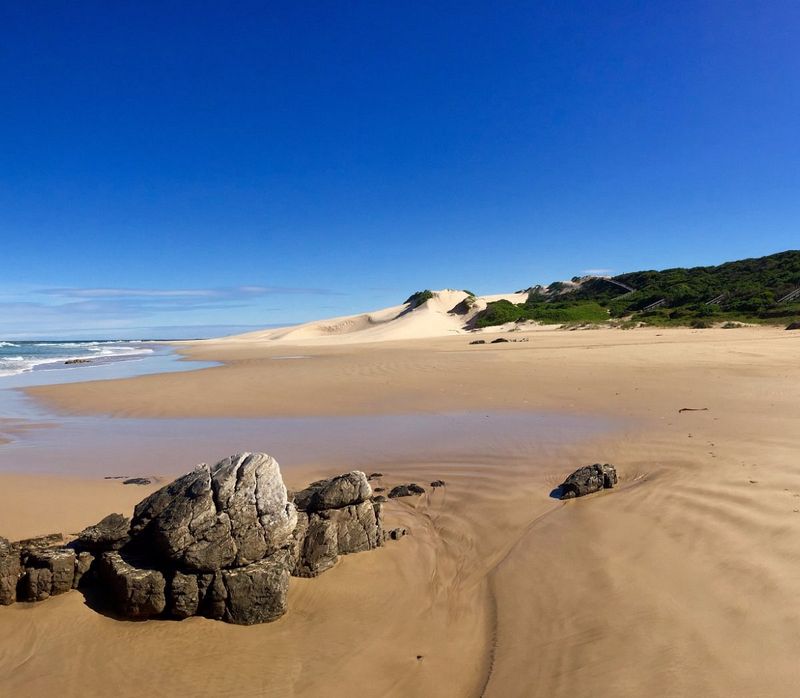
South Africa’s coastal sand dunes often hide the stealthy Puff Adder, a master of camouflage. Their sandy coloration allows them to blend perfectly with the environment, making them nearly invisible to the untrained eye.
Beachgoers might unknowingly wander too close, mistaking these venomous snakes for harmless debris. Their presence in recreational areas can pose a hidden risk to those seeking sun and surf.
Staying on designated paths and wearing protective footwear can help avoid unexpected encounters with these sunbathing serpents.
Rice Paddies in Southeast Asia
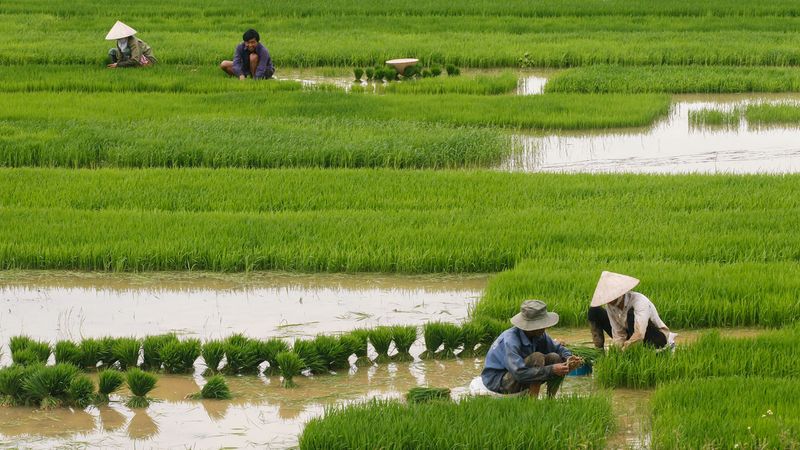
In the rice paddies of Southeast Asia, the majestic King Cobra commands both fear and respect. These snakes are drawn to the abundance of prey found in these fertile fields.
Farmers working tirelessly to cultivate rice often find themselves sharing the land with these formidable predators. The cobras’ large size and potent venom make them a serious threat in these rural settings.
Awareness and education on handling encounters are crucial for those working in these traditional agricultural landscapes.
Desert Oases in the Middle East

In the arid expanses of the Middle East, desert oases provide a rare respite from the relentless sun. However, these lush pockets of life can also harbor the elusive Sand Viper.
These snakes are experts at merging with their rocky surroundings, lying in wait for unsuspecting prey. Travelers seeking refuge in these oases might find themselves closer to danger than anticipated.
Remaining vigilant and avoiding disruptive behavior helps ensure a safe exploration of these breathtaking desert sanctuaries.
Suburban Backyards in Florida, USA

The sunny suburbs of Florida are not just home to retirees and tourists; they’re also a favored habitat for the elusive Coral Snake. With their striking color bands, they might seem inviting, yet they carry a potent venom.
These snakes often seek shelter under garden debris, blending into the colorful flora of manicured lawns. Homeowners with a keen eye for landscaping may unknowingly create ideal conditions for them.
Careful garden maintenance and awareness of local wildlife can reduce the risk of unexpected encounters in these residential areas.
Mountain Trails in the Andes
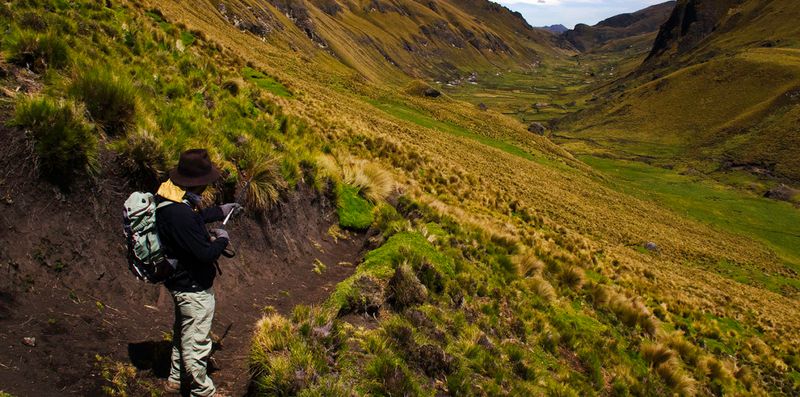
The rugged trails of the Andes Mountains are not just challenging for hikers; they also conceal the stealthy Bushmaster. Known for their reclusive nature, these snakes blend into the leaf litter of dense forests.
Trekkers may unknowingly pass by these venomous serpents, appreciating the stunning vistas while unaware of the potential danger beneath their feet. The Bushmaster’s camouflage is a testament to nature’s adaptability.
Hiking with a trained guide and sticking to established paths can help ensure safety while exploring these majestic landscapes.
Rainforest Canopies in the Amazon
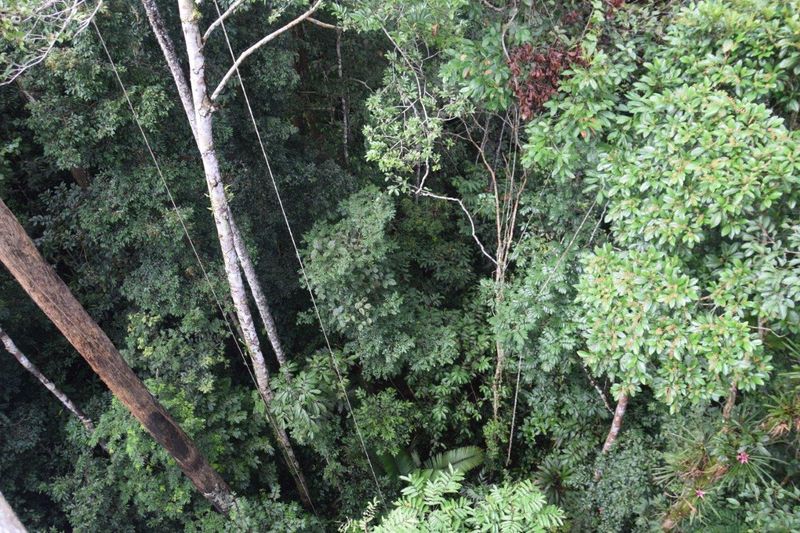
The Amazon Rainforest is a world of wonders, and high in its canopy, the Green Anaconda reigns supreme. These massive snakes are masters of disguise, often mistaken for vines among the thick foliage.
Explorers venturing into this lush environment may look upwards to find these giants lurking overhead. Despite their size, anacondas are elusive, preferring to remain hidden from prying eyes.
A guided tour with knowledgeable local experts can enhance the experience while ensuring a safe exploration of this mysterious habitat.
Underground Caves in Mexico
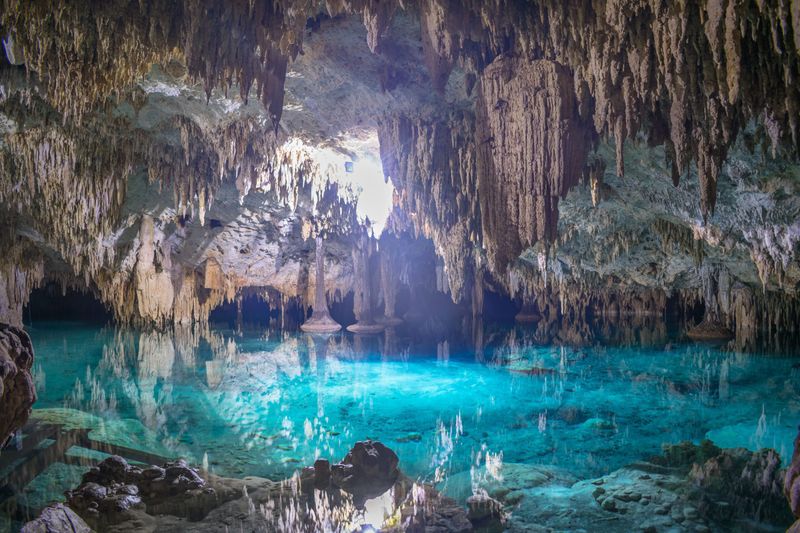
Beneath the surface of Mexico’s picturesque landscapes lie hidden dangers within its underground caves. The Black-Tailed Rattlesnake is a seasoned dweller of these shadowy realms.
Cavers exploring the intricate limestone formations might find themselves within striking distance of these venomous residents. Their cryptic coloration and quiet nature make them nearly invisible in the dim light.
Proper equipment and respect for these creatures’ space are essential for a safe spelunking adventure in this subterranean world.
Savannah Plains in Africa
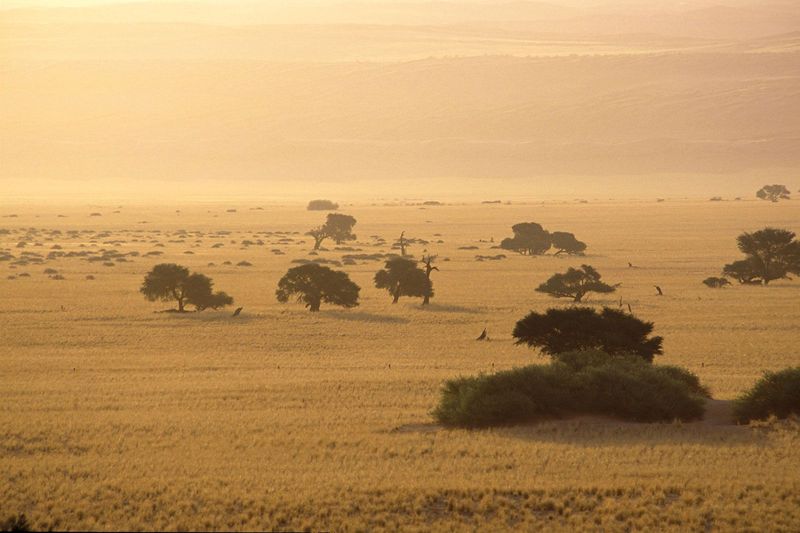
The vast savannahs of Africa are home to some of the most iconic wildlife, including the elusive Black Mamba. Known for their speed and agility, these snakes navigate the grassy plains with ease.
Safari-goers might glimpse their swift movements as they traverse these open landscapes. Despite their fearsome reputation, Black Mambas prefer to avoid human contact.
Staying in vehicles and respecting the natural habitat ensures both safety and the preservation of this breathtaking ecosystem.
Riverbanks in the Amazon Basin
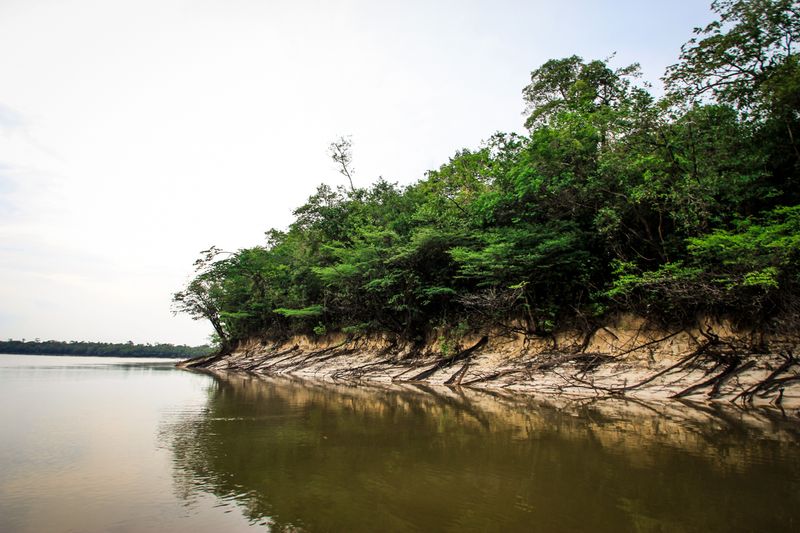
The riverbanks of the Amazon Basin are teeming with life, including the notorious Fer-de-Lance. This snake’s cryptic pattern allows it to blend effortlessly with the dense undergrowth.
Visitors navigating these waterways may be unaware of the danger lurking just beyond the river’s edge. The Fer-de-Lance’s potent venom makes it a formidable predator in this biodiverse region.
Guided tours with experienced naturalists can offer a safe and informative exploration of this vibrant ecosystem.
Urban Parks in New Delhi, India

Even in the bustling city of New Delhi, nature finds a way to assert itself. Urban parks, popular for leisure, can also be home to the Common Krait.
These nocturnal snakes often seek shelter in shaded areas, such as under park benches, making them a hidden hazard for unwary city-dwellers. Their presence in metropolitan areas highlights the adaptability of wildlife.
Being aware of local fauna and cautious during evening strolls can help prevent accidental encounters with these stealthy serpents.
Mangrove Forests in Southeast Asia
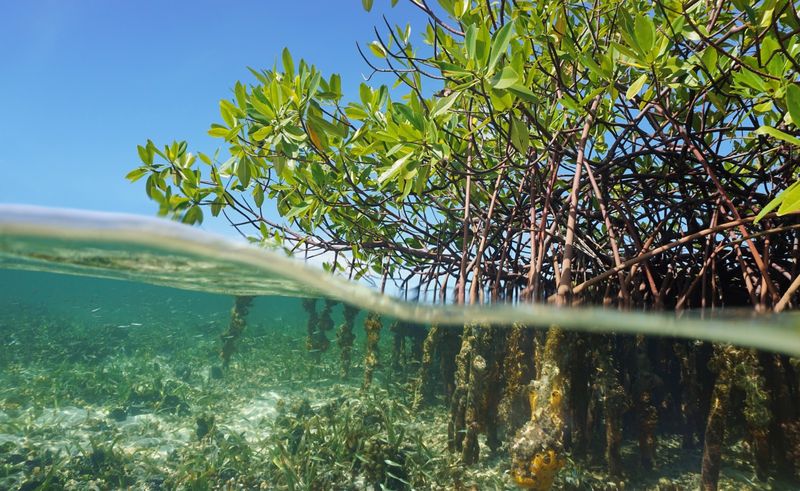
Southeast Asia’s mangrove forests are unique ecosystems where land and sea intertwine. Here, the Banded Sea Krait makes its home, navigating the labyrinth of roots and water.
These snakes are comfortable both in water and on land, often going unnoticed as they hunt among the tangled vegetation. Their distinctive bands provide a striking contrast against the lush backdrop.
Respect for this delicate habitat and understanding the role of these snakes within it can enhance appreciation during eco-tours.
Remote Islands in the Pacific
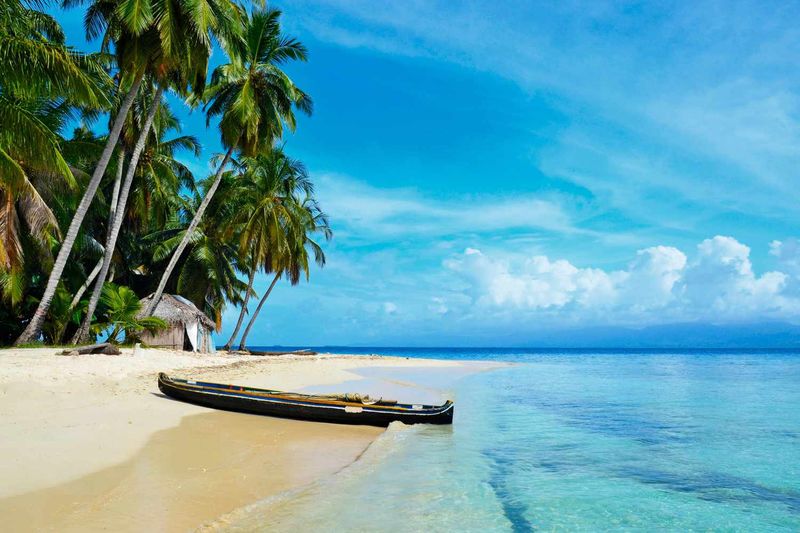
In the vast expanse of the Pacific Ocean, the Yellow-Bellied Sea Snake finds sanctuary. These snakes are often seen drifting on the ocean’s surface, using ocean currents to travel between remote islands.
Island hoppers might unexpectedly encounter them while snorkeling or swimming in these pristine waters. Despite their venomous nature, they pose little threat to humans if left undisturbed.
Awareness and respect for marine life while enjoying ocean activities can prevent unnecessary harm to both humans and wildlife.
Agricultural Fields in South America

In South America’s fertile fields, the Bothrops snake is an unwelcome guest for many farmers. These snakes blend seamlessly with the crops, making them nearly invisible to those toiling in the fields.
Their presence poses a significant hazard, particularly during harvest time when workers are most active. The potential for a dangerous encounter is ever-present in these verdant landscapes.
Implementing safety protocols and awareness can mitigate risks and protect those who sustain this vital industry.
Moorlands in the UK

The moorlands of the UK are often associated with serene landscapes, yet they also conceal the shy Adder. These snakes can be found basking among the heather and rocks, their patterns providing perfect camouflage.
Walkers enjoying the open spaces might inadvertently disturb these reclusive reptiles, leading to an unwelcome surprise. The Adders’ presence in such picturesque settings is a reminder of nature’s balance.
Sticking to marked trails and observing from a distance ensures a harmonious experience with the natural world.
Waterfalls in Central America
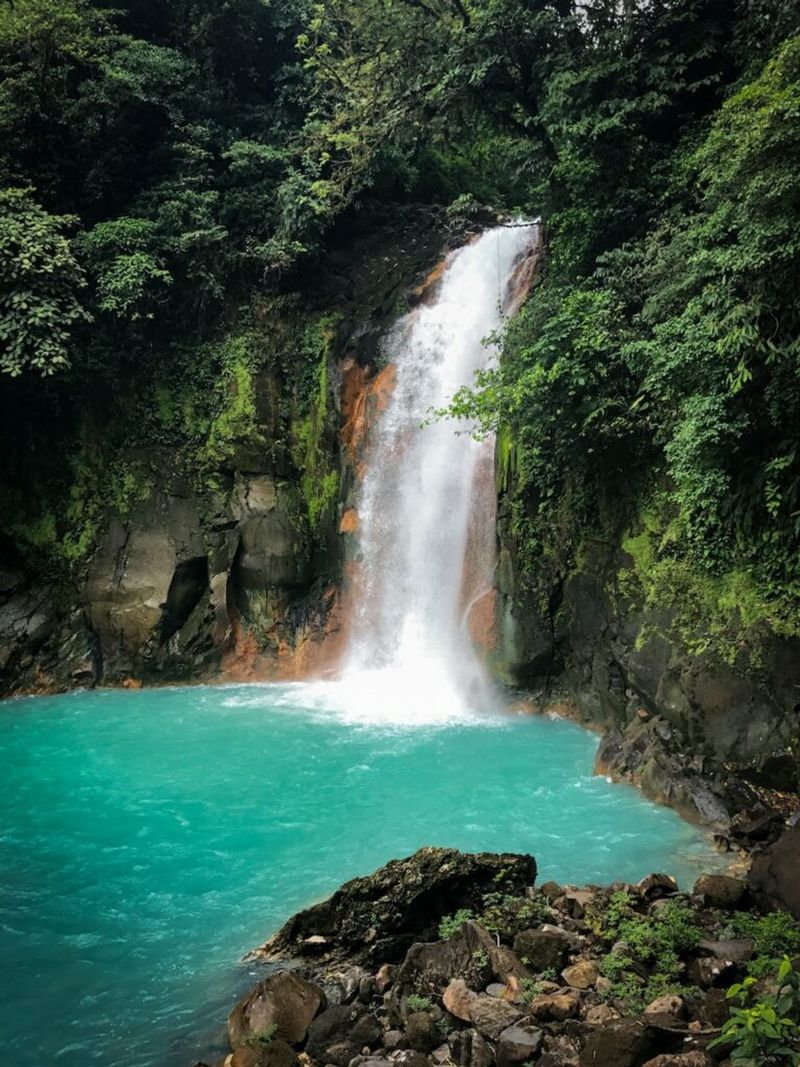
Central America’s tropical waterfalls are breathtaking, yet they can also be home to the stunning Eyelash Viper. These snakes are often found coiled on branches, waiting patiently for unsuspecting prey.
Visitors entranced by the cascading water may overlook these well-camouflaged inhabitants, posing a hidden threat amidst the beauty. Their vibrant colors can be deceiving in the lush surroundings.
Guided tours that emphasize safety and awareness can enrich the experience while protecting both humans and wildlife.
Coral Reefs in the Indian Ocean
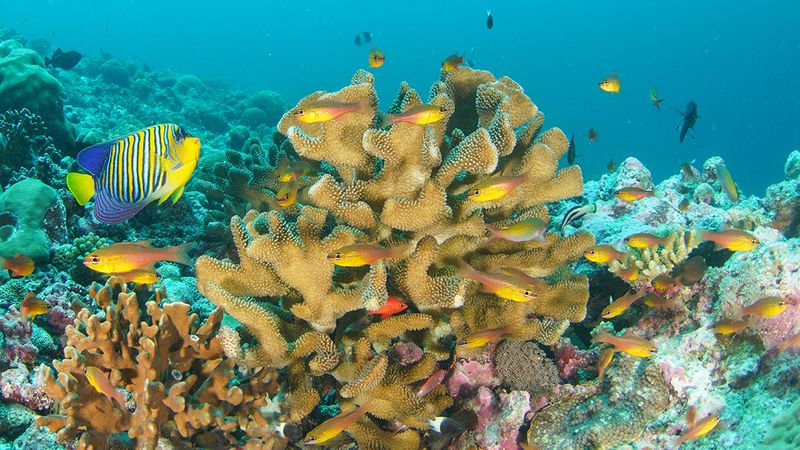
The vibrant coral reefs of the Indian Ocean are a paradise for marine life, including the mesmerizing Blue-Lipped Sea Krait. These snakes glide gracefully through the water, often weaving among coral and fish.
Divers exploring these underwater gardens may find themselves in close proximity to these striking reptiles. Despite their venom, they are generally non-aggressive if not provoked.
Practicing respect and caution while engaging in marine activities ensures a harmonious coexistence with these beautiful sea dwellers.
Vineyards in California, USA
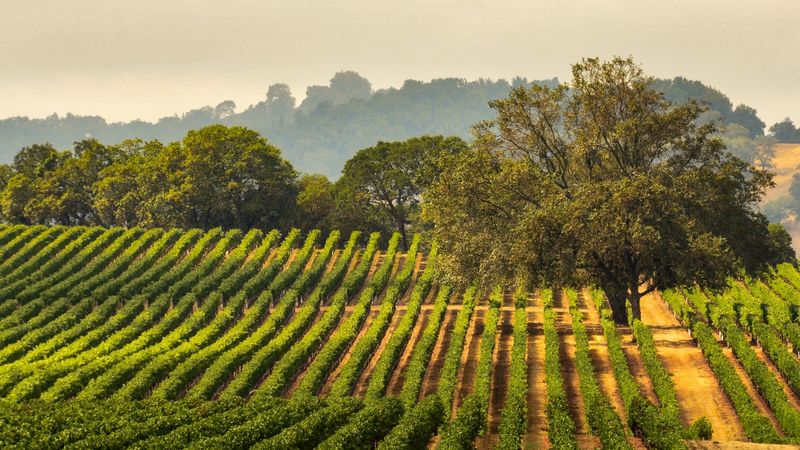
California’s vineyards are not just famous for wine; they’re also home to the non-venomous Gopher Snake. These snakes play a vital role in controlling rodent populations amidst the grapevines.
Winemakers might encounter them during harvest, as they silently patrol the rows in search of prey. Their presence is a natural form of pest control, beneficial to the agricultural process.
Understanding and appreciating these snakes’ role in the ecosystem can enhance the vineyard experience for both workers and visitors.
Ruins in Cambodia

The ancient ruins of Cambodia are steeped in history and mystery, with the Malayan Pit Viper adding to the intrigue. These snakes are adept at blending with the moss-covered stones and jungle foliage.
Tourists exploring these archaeological wonders might stumble upon these venomous inhabitants, drawn by the ruins’ quiet corners. Their presence adds an element of caution to the adventure.
Guided tours that prioritize safety can provide an informative and secure exploration of these historic sites.
Bamboo Forests in Japan

Japan’s bamboo forests are serene and tranquil, yet they conceal the Habu snake, a stealthy predator. These snakes navigate the dense stalks with ease, blending into the natural patterns.
Nature enthusiasts exploring these peaceful groves might be unaware of the danger lurking within. The Habu’s presence is a reminder of the delicate balance between serenity and caution.
Staying on established paths and respecting the habitat can enhance the experience while ensuring safety.
Marshlands in Australia
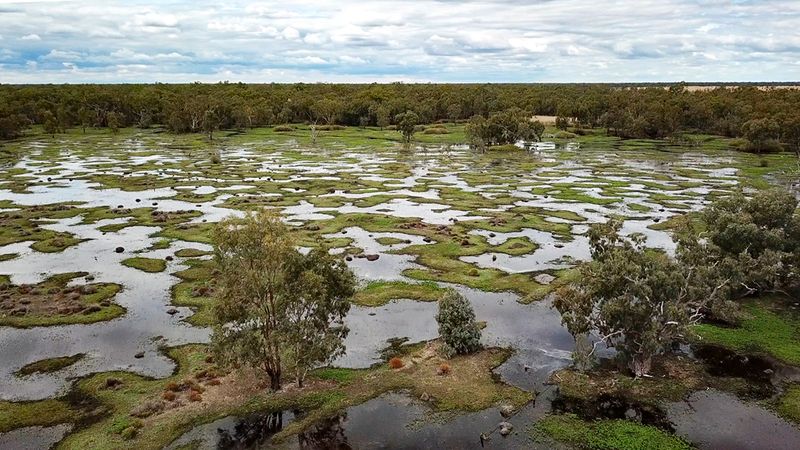
Australia’s marshlands are rich ecosystems teeming with life, including the formidable Tiger Snake. These snakes are often found among the reeds, their stripes blending seamlessly with the environment.
Bird watchers and nature lovers might cross paths with these reptiles while navigating the marshy terrain. Their venomous bite is a significant threat to those wandering too close.
Awareness and respect for local wildlife, along with wearing appropriate clothing, can prevent potential mishaps during outdoor activities.
Coffee Plantations in Central America
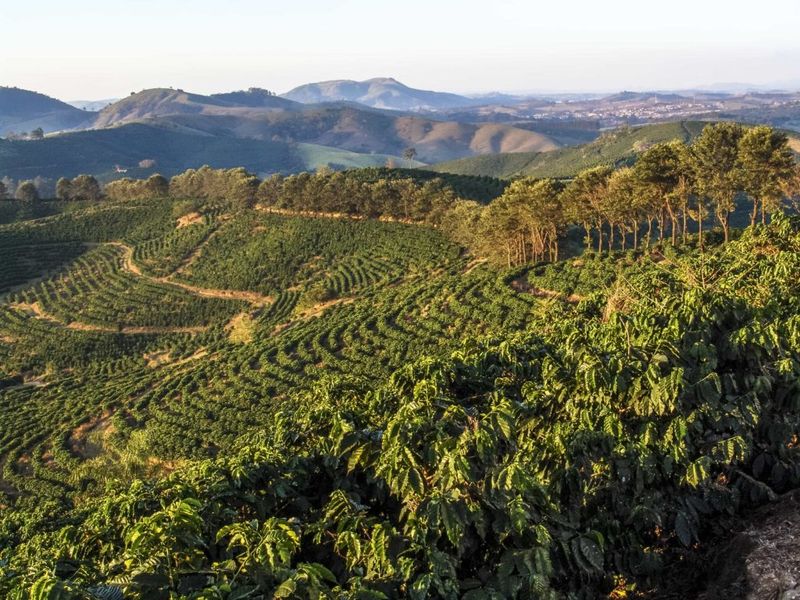
Central America’s coffee plantations are not just known for their aromatic beans but also for harboring the Central American Coral Snake. These brightly colored snakes are often found among the coffee plants.
Workers harvesting coffee might inadvertently encounter these venomous snakes, which thrive in the shaded environment. Their vibrant appearance belies their dangerous nature.
Implementing safety measures and educating workers can help reduce risks and maintain harmony in these productive landscapes.
Gardens in the Mediterranean

Mediterranean gardens are celebrated for their beauty, yet they can also host the elusive Montpellier Snake. These snakes are often found hidden among the vibrant flora, basking in the sun.
Gardeners enjoying the Mediterranean climate might be surprised to find these non-venomous reptiles sharing the space. Their presence is a reminder of the interconnectedness of life.
Embracing wildlife and cultivating awareness can enrich the gardening experience while ensuring coexistence.
Mountain Villages in Nepal
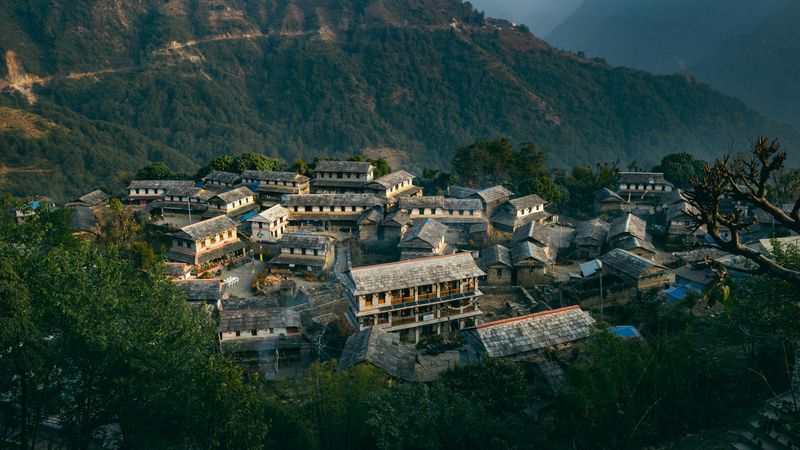
In the remote mountain villages of Nepal, the Himalayan Pit Viper finds its home. These snakes are often hidden among rocks, perfectly camouflaged against the rugged terrain.
Villagers and trekkers might unknowingly come across these venomous snakes while traversing the steep paths. Their presence is a testament to the adaptability of wildlife in extreme environments.
Engaging with local guides and respecting the natural habitat can ensure a safe and enriching journey through these stunning landscapes.

